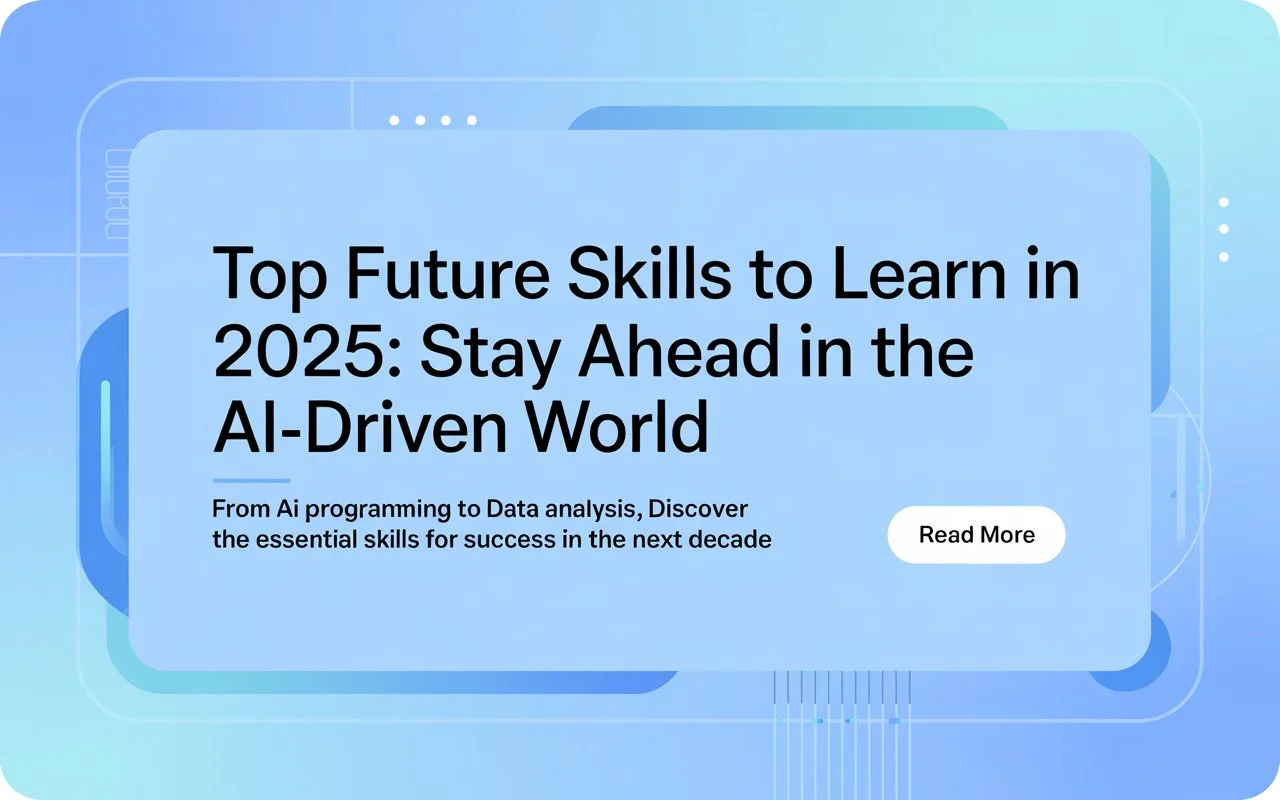
How Ravi Transformed His Career and Became a High-Paying Data Analyst
Ravi, a 27-year-old working professional, found himself stuck in a low-paying job with little career growth. Every day, he spent hours commuting, earning just enough to meet his expenses. Financial stress and career stagnation were constant worries until he met a college friend who had transitioned into a data analyst role with an impressive salary of ₹10 lakh per annum (LPA). Curious about how his friend had achieved such success, Ravi decided to explore the world of data analytics.
Through research, he discovered that data analytics is one of the fastest-growing and highest-paying career paths. Businesses across industries rely on data-driven insights to make strategic decisions, creating a high demand for skilled professionals. Motivated by this realization, Ravi followed a structured roadmap to upskill himself, build his profile, network with professionals, and secure a well-paying job as a data analyst.
In this blog, we will walk you through the same 4-step roadmap that Ravi followed to transform his career. If you want to become a high-paying data analyst, keep reading!
Why Data Analytics is a High-Paying Career
Data analytics is the process of analyzing raw data to uncover trends, insights, and patterns that businesses can use to make informed decisions.
Real-World Example: How a Confectioner Used Data Analytics to Grow
A small confectionery shop owner struggled with fluctuating sales. By analyzing customer preferences and sales data, he discovered that certain products sold better in specific seasons. Based on these insights, he optimized his inventory and marketing strategies, leading to a 40% increase in profits.
Similarly, businesses of all sizes use data analytics to increase efficiency, cut costs, and improve decision-making, which explains the high demand for skilled analysts. Now, let’s dive into the roadmap that will help you transition into this lucrative field.

The 4-Step Roadmap to Becoming a High-Paying Data Analyst
Step 1: Skill Building
To become a successful data analyst, you need a combination of technical and non-technical skills.
Non-Technical Skills:
- Business Understanding: Knowing how businesses work and what problems they need to solve.
- Problem-Solving Mindset: The ability to analyze issues and find data-driven solutions.
- Understanding Key Performance Indicators (KPIs): Knowing which metrics matter in business performance.
- Communication Skills: Presenting findings in a way that stakeholders can understand and act upon.
Technical Skills:
- SQL (Structured Query Language): Extracting and managing data from databases.
- Microsoft Excel: Data cleaning, analysis, and visualization.
- Power BI or Tableau: Creating dashboards and reports for decision-making.
- Python: Performing advanced data analysis and automation.
Once you have built these skills, it’s time to showcase them effectively.
Step 2: Profile Building
A well-structured profile increases your chances of landing high-paying job opportunities. Here’s how:
- Optimize Your LinkedIn Profile:
- Use a professional photo and a compelling headline.
- Write a clear summary highlighting your skills and projects.
- Showcase certifications and relevant experience.
- Resume Tailoring:
- Ensure your resume is ATS (Applicant Tracking System) friendly.
- Use keywords related to data analytics, such as “data visualization,” “SQL queries,” and “business intelligence.”
- Highlight hands-on projects and case studies.
- Build a Portfolio with Sample Projects:
- Create dashboards using Power BI or Tableau.
- Solve real-world datasets from Kaggle.
- Share projects on GitHub and LinkedIn.
Step 3: Networking for Career Growth
Networking can open doors to job opportunities and mentorship. Follow these strategies:
- Engage with Industry Professionals: Connect with experienced data analysts and recruiters on LinkedIn.
- Join Data Analytics Communities: Participate in forums and online groups such as Kaggle and Stack Overflow.
- Attend Webinars and Meetups: Learn from experts and expand your professional network.
By networking strategically, you increase your visibility in the job market and gain valuable industry insights.
Step 4: Applying for Jobs the Smart Way
Many job seekers apply randomly and face rejections. Instead, use a strategic approach:
- Direct Job Applications: Use platforms like Naukri, LinkedIn, and Indeed to find data analyst roles.
- Cold Outreach to Recruiters: Message hiring managers with a short, well-crafted introduction and a link to your portfolio.
- Leverage Referrals: Ask your professional connections for recommendations and internal referrals.
- Showcase Work on Social Media: Post interactive dashboards and case studies to demonstrate your skills.
Using these methods, Ravi secured multiple interview calls and eventually landed his dream job with a six-figure salary.
Salary Expectations for Data Analysts in 2025
According to industry trends, here’s what you can expect to earn as a data analyst in India:
| Experience Level | Salary Range (₹ LPA) |
|---|---|
| Entry-Level (Fresher) | 6 – 8 |
| Senior Data Analyst (2-3 years) | 9 – 14 |
| Data Analyst Level 3 (5+ years) | 14 – 22 |
| Principal Data Analyst (8+ years) | 22 – 37 |
| Director of Data (10+ years) | 50+ |
With experience and skill development, data analysts can earn over ₹50 lakh per year.
Conclusion & Next Steps
Ravi’s journey from a struggling professional to a high-paying data analyst proves that you can achieve financial stability and career growth with the right skills and strategy.
Recap of the 4-Step Roadmap:
- Skill Building: Learn SQL, Excel, Power BI, and Python.
- Profile Building: Optimize LinkedIn, create a strong resume, and showcase projects.
- Networking: Connect with industry professionals and participate in online communities.
- Applying Smartly: Use job portals, referrals, and direct recruiter outreach.
Are you ready to start your journey?
🎯 Join Our Free Data Analytics Masterclass!
- Learn industry-relevant skills from experts.
- Get an exclusive roadmap PDF.
- Kickstart your data analytics career.
📩 Download Our Free eBook on Data Analytics Careers!
The future is data-driven—take the first step towards a high-paying career today!





